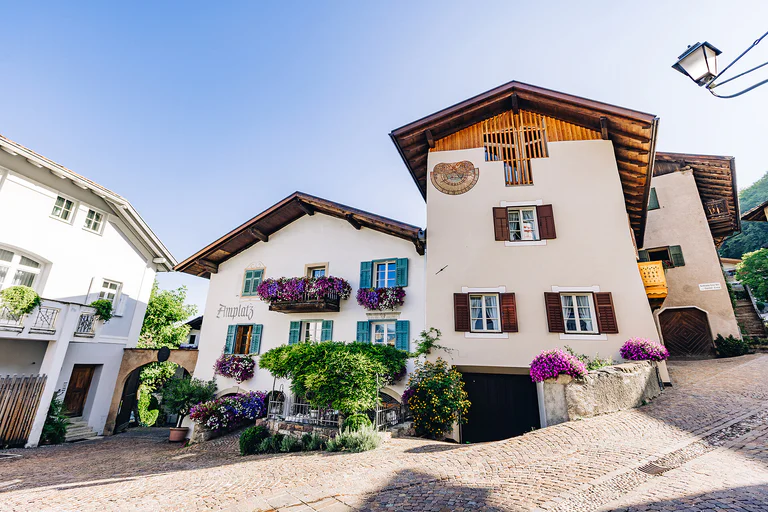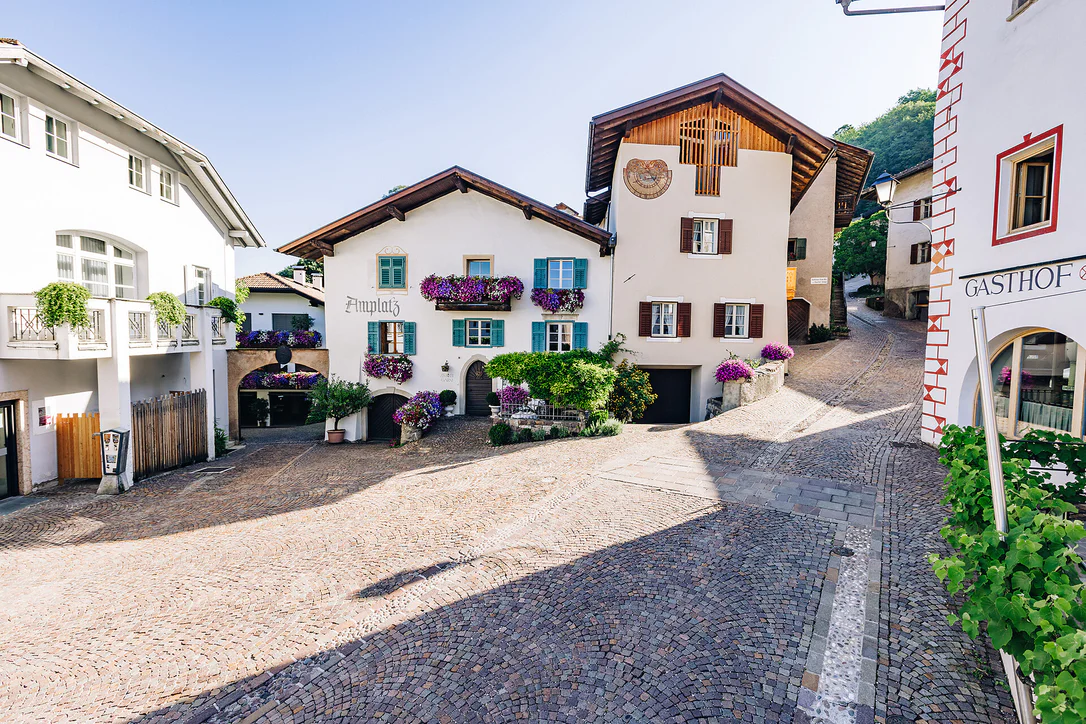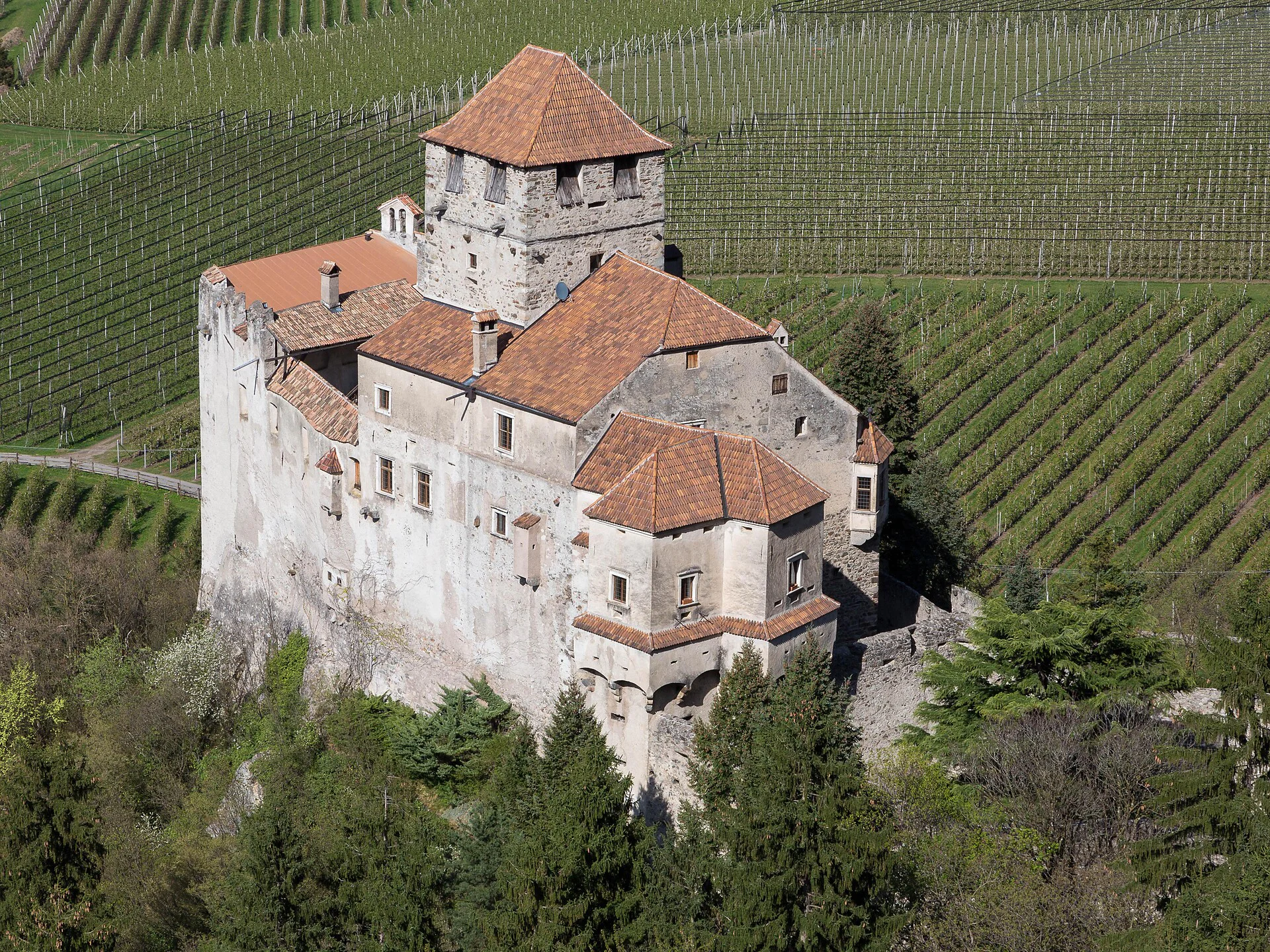In 1557, this house on the square, always described as small, was still an accessory to today's Amplatz, formerly the inn "zum Zotten" and connected by three doors. After it was later mentioned as an accessory to the Hilber, it was occupied around 1700 by the priest Johann Teiss the Elder. His heirs sold it in 1722 to Balthasar Öfner, Ladler or Krämer auf Montan. In 1783 the cobbler Johann Babtista Monsorno bought the upper part of the house - the seller received a pair of new shoes on top of the purchase price - and in 1788 Monsorno also bought the lower part. In 1813 the house was divided again: Peter Kaufmann received one floor and Josef Gaßmann one. In 1834 Gaßmann ceded his part to Peter Kaufmann. In 1838, he bequeathed the house to the community as the holder of the patronage rights of the Teissische Benefizium, with the condition that it be made available to the respective beneficiary free of charge. In 1905, the Benefiziumhäusl was sold to Jordan Amplatz. In 2017, Karl Amplatz sold it to the Zuchristian-Amplatz family, who lovingly renovated the house and expanded their directly bordering accommodation business (Amplatz). This closes the circle, and the Benefiziumhäusl is once again an accessory to the adjacent Amplatz, as it was in 1557.
Since 1507, a sundial has adorned this house, which in addition to the sundial on the church tower shows the time to visitors to the village square. As a special feature, this chronometer even distinguishes between "old" (winter time) and "new" time (summer time).
































































